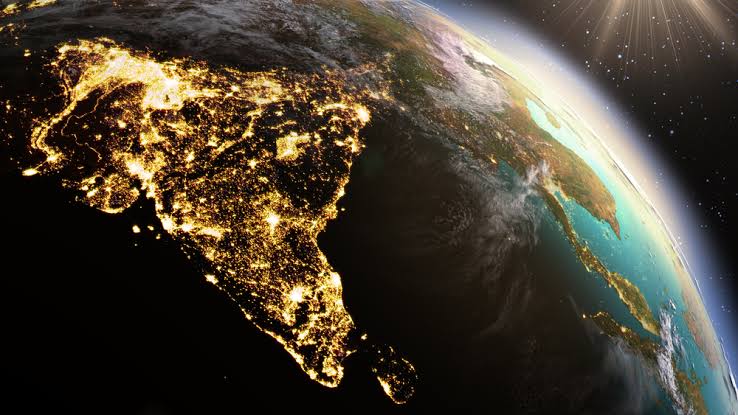Inspired from IFC-IOR the Air Force Realise the Need for an Integrated Aerospace Surveillance Grid

Article by Shantanu K. Bansal
At the inaugural session of the Chiefs of Air Staff Conclave, Aero India 2021 which saw participation from approximately 40 countries. Chief of Air Staff (CAS) Air Marshal RKS Bhadauria outlined some important points during the inaugural speech.
“India and Indian Air Force are also conscious of the responsibility that we share with our friends and partners in responding to call for assistance in the wake of natural disasters and calamities. IAF with its potent strategic capability has been at the forefront of the HADR missions in this region. For the COVID related tasks, IAF has undertaken extensive missions for evaluation, evacuation as well as providing medical supplies. To deepen the HADR cooperation and coordination among our neighbours we have also been conducting regular exercises on bilateral and multilateral front to mutually share our expertise and assist in capability-building, to enhance such interoperability further we should look at establishing a methodology for sharing ISR grid as and when necessary.”
Chief of Air Staff (CAS) Air Marshal RKS Bhadauria at the Chiefs of Air Staff Conclave, Aero India 2021
At the forum he also praised the efforts to indigenise most of the C4ISR systems with home-grown softwares, thriving partnership with the industry. He also emphasised that the IAF experience to gain Network Centric Warfare (NCW) capabilities can be replicated by other countries Air Force, also.
Earlier in his opening remarks, Chief of Air Staff Air Chief Marshal RKS Bhadauria pointed out that amid the COVID-19 pandemic, rising mistrust and geopolitical tensions have reinforced the need for mature and balanced cooperation at the international level.
In this backdrop, there is a need to strengthen mutual understanding and existing security frameworks based on the principles of cooperation, collaboration and co-existence, he stressed, recalling that the IAF has built bridges of friendship through numerous bilateral and multilateral exercises with a large number of nations who share common values and interest in maintaining peace and stability, especially in times of natural disasters.
Raksha Mantri further said that India’s unique disposition in the Indian Ocean Region complimented by a potent airlift capability of IAF enables it to contribute significantly in Humanitarian Aid and Disaster Relief (HADR) missions.
He pointed out that in the last five years itself India has tackled roughly about 100 contingencies during which more than 6,000 sorties have been flown evacuating over 44,000 persons in distress. He said India had been regularly conducting exercises to deepen HADR cooperation and coordination with neighbours with focus on sharing expertise and assisting capability building.
The in-operation Information Fusion Centre – Indian Ocean Region (IFC-IOR), project led by the Indian Navy has come-up as a significant information sharing platform. From the Indian Ocean Region over 75% of the world’s maritime trade and 50% of daily global oil consumption passes through; the IOR is vital to world trade and the economic prosperity of many nations. Along with that the IOR is also a fragile environment, with threats such as maritime terrorism, piracy, human and contraband trafficking, illegal and unregulated fishing, arms running and poaching being prevalent. Hence, IFC-IOR enables facilitating a conducive environment to undertake legitimate maritime activities in this region.
The IFC-IOR has already built linkages with 18 countries and 15 multinational/maritime security centres.
India’s geographical position which provides as to be the meeting point for Western, Northern, Eastern and South East Asia as outlined by the first Asian relations conference, 1947 that India retains a central and strategic position as one of the world’s most important trade route i.e. between Europe and the Far East.
An initaitve by the IAF like such could have a strategic impact on the regional stability and beyond especially in backdrop of growing Chinese influence in the region. It could fasten the response in times of natural disaster while unlocking various other opportunities for close integration.
Dr. Saroj Bishoyi at IDSA points out that “India’s persistent success at the domestic front as well as peace and stability in its immediate neighbourhood would principally decide its role as a security provider in Asia.”
In future, it is imperative that India must come-up with various such regional and global partnership programmes as the world knows that in Asia, India could be the only one country that has the size, power, potential, and even the determination to counterbalance China. This is the very reason that why China, over the years, pursued a policy of ‘containment of India and encirclement by proxy (Pakistan).


